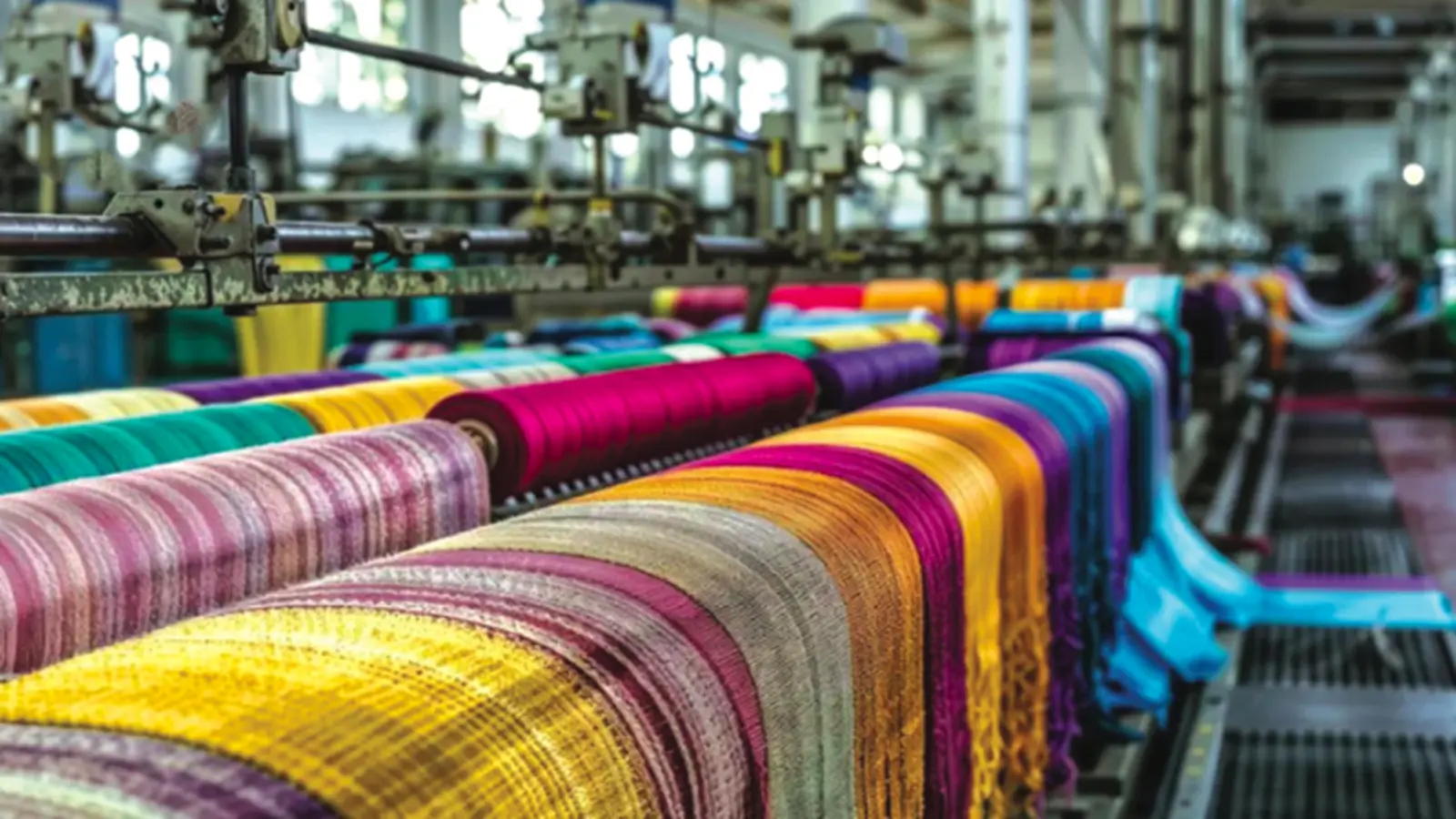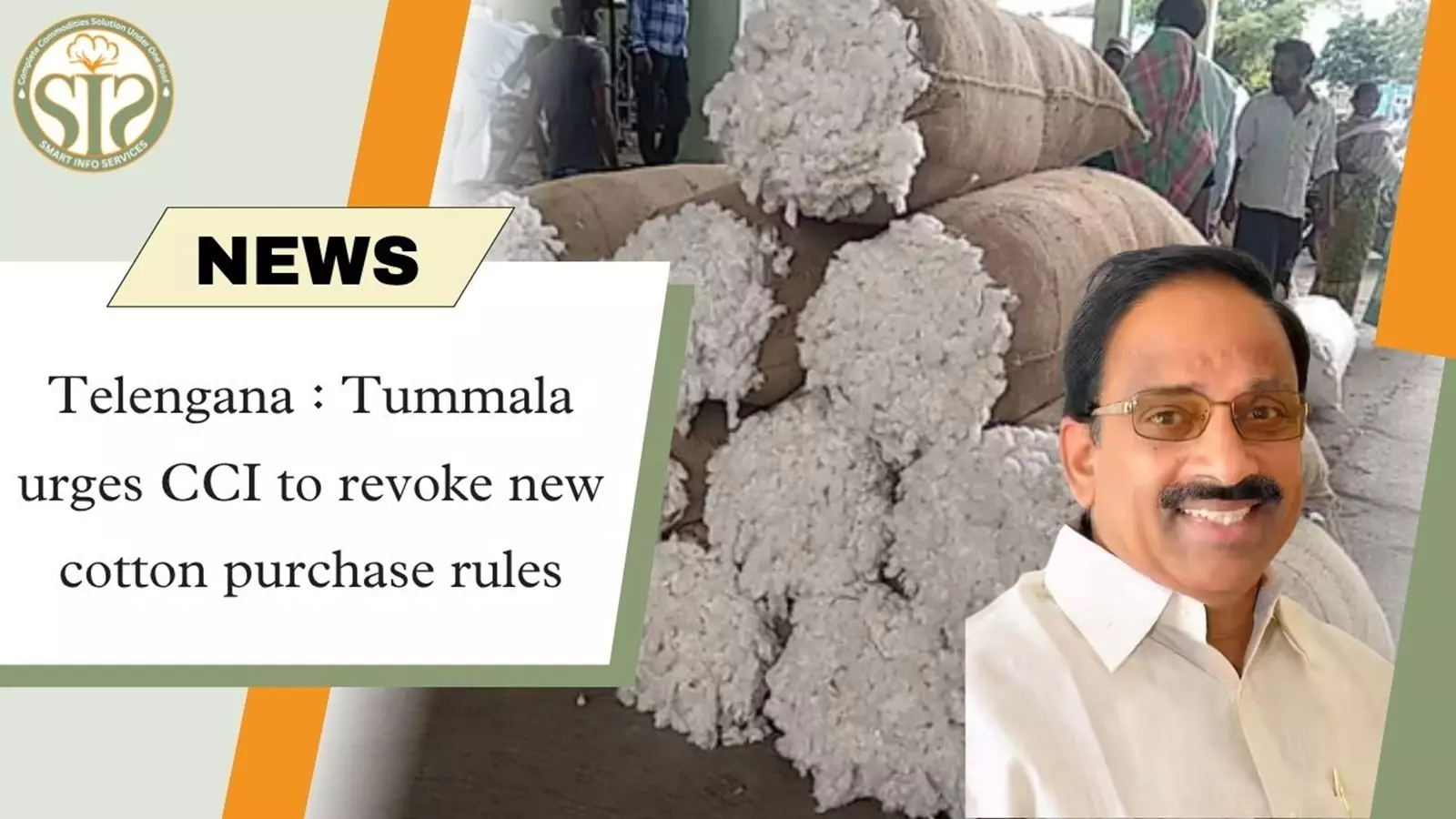Circularity In Indian Textiles Handling Textile Waste For Recycling And Sustainability
Share Post
India is one of the global leaders in textile and apparel manufacturing and also leads in the mechanical recycling of textile waste. The Textile and Apparel (T&A) industry is one of the largest contributors to India's economy constituting 2% of the country's GDP, 7% of industry output in value terms and 11.4% of the total exports. Further, India is also an emerging consumer of textile and apparel products, with the domestic market growing at a CAGR of 10%. Both the production and consumption patterns lead to a significant amount of waste generation.
Estimates suggest that India manages ~8 million tons of textile waste annually from three sources-domestic manufacturers generating pre-consumer waste, domestic consumers generating post-consumer waste and imported waste coming from other countries. Despite the absence of extensive technologies, India established its recycling industry back in the 1990s and today has a stronghold in mechanical recycling with a well-networked value chain for the management of textile waste. However, the industry is a mix of micro, small and large stakeholders and approximately 41% of the waste is currently known to be moving out for usage in other allied industries. Research indicates challenges around unorganized waste value chain and inefficient waste management as the major hindrance in realising the potential of the Indian textile waste management industry.
A common roadmap for all ecosystem stakeholders including brands, manufacturers, governments and investors is critical to drive the transition towards efficient utilization of textile waste. The growing global focus on textile waste management and promoting closed-loop recycling provides India with a strong opportunity to present itself as a leader in the sector. Improved understanding of the operating structures and investment readiness of the Indian textile waste industry can act as an enabler for ecosystem stakeholders to invest in its growth.
INDIA'S UNTAPPED POTENTIAL FOR CIRCULARITY OF TEXTILE WASTE
India is one of the largest textile and apparel sourcing regions in the world due to abundant availability of raw materials and skilled workforce. The Textile and Apparel industry is one of the largest contributors to India's economy constituting 2% of total GDP, 11.4% of total exports, 7% of industry output in value terms, while employing over 45 million individuals. India is also one of the largest producers of cotton, jute and silk. Over 25% of the global cotton production comes from India. Further, India has processing infrastructure and skilled workforce for all activities ranging from spinning to apparel production, making it a competitive key sourcing destination for most global brands.
The textile industry all over the world leads to substantial waste generation during production and consumption of textiles and apparel. This waste can be classified across three waste streams: pre consumer, domestic post-consumer and imported waste. Pre-consumer waste is generated during and post-manufacturing across Cut-Make-Trim (CMT) units, fabric mills and spinning; domestic post consumer includes garments/ textiles discarded by domestic consumers. waste includes second-hand clothing and mutilated rags imported to India. India's decades- old embedded culture and history of reusing, remaking & redesigning garments has enabled informal trade routes for textile waste and infrastructure to process it.
While India is one of the leaders in mechanical recycling in the world, it has not yet established a circular approach for textile waste. The concept of circularity advocates for a regenerative system wherein textile is used as long as it retains its value and is recycled to its full potential within the textile industry, minimizing leakage, waste and pollution.
To date, the value chain remains largely unorganized with limited visibility, leading to leakage of waste at multiple levels. There has been minimal external support for technological advancement and process standardization. Consequently, the recycled yarn produced is of low quality and is deemed unfit for the global supply chain. This, coupled with the stiff competition from inexpensive synthetic fibers, is limiting the economic growth and viability of the recycling industry in India. The growing need of circularity in the textile industry globally provides India with a unique opportunity to leverage existing infrastructure and resources to emerge as a leading circular sourcing region.
Over the years, despite the absence of technology, the Indian textile recycling ecosystem has established a strong hold in mechanical recycling by way of manual sorting, combining specific colors and fibers to reach desired quality. By doing so, they have been able to extract economic value even from non- recyclable waste. However, this infrastructure and expertise has been handled by informal channels. Value chains can be formalized to establish circularity of textile waste in India if this infrastructure and technical know-how is supported by brands, governments and investors.
UNDERSTANDING INDIAN TEXTILE WASTE LANDSCAPE
Approximately 8 million tons, or 8.5% of global textile waste is accumulated in India every year. 59% of this waste finds its way back into the textile industry through reuse and recycling but only a fraction of this makes it back into the global supply chain due to quality and visibility challenges. The remaining 41% is downcycled (19%), incinerated (5%) or ends up in a landfill (17%).
Furthermore, 34% of the total waste is reused directly or repaired and converted into new products, while 25% gets recycled into yarns. India is a global leader in mechanical recycling; however, a significant portion of the recycled yarns are made through a low-grade recycling process. These recycled materials end up in the domestic markets as opposed to the global textile supply chain. The study was unable to estimate the exact proportion of low-grade recycling due to multiple material compositions and market factors affecting the end use.
03:00 PM, Sep 27
Source : Circularity In Indian Textiles Handling Textile Waste For Recycling And Sustainability
Other Related Topics











